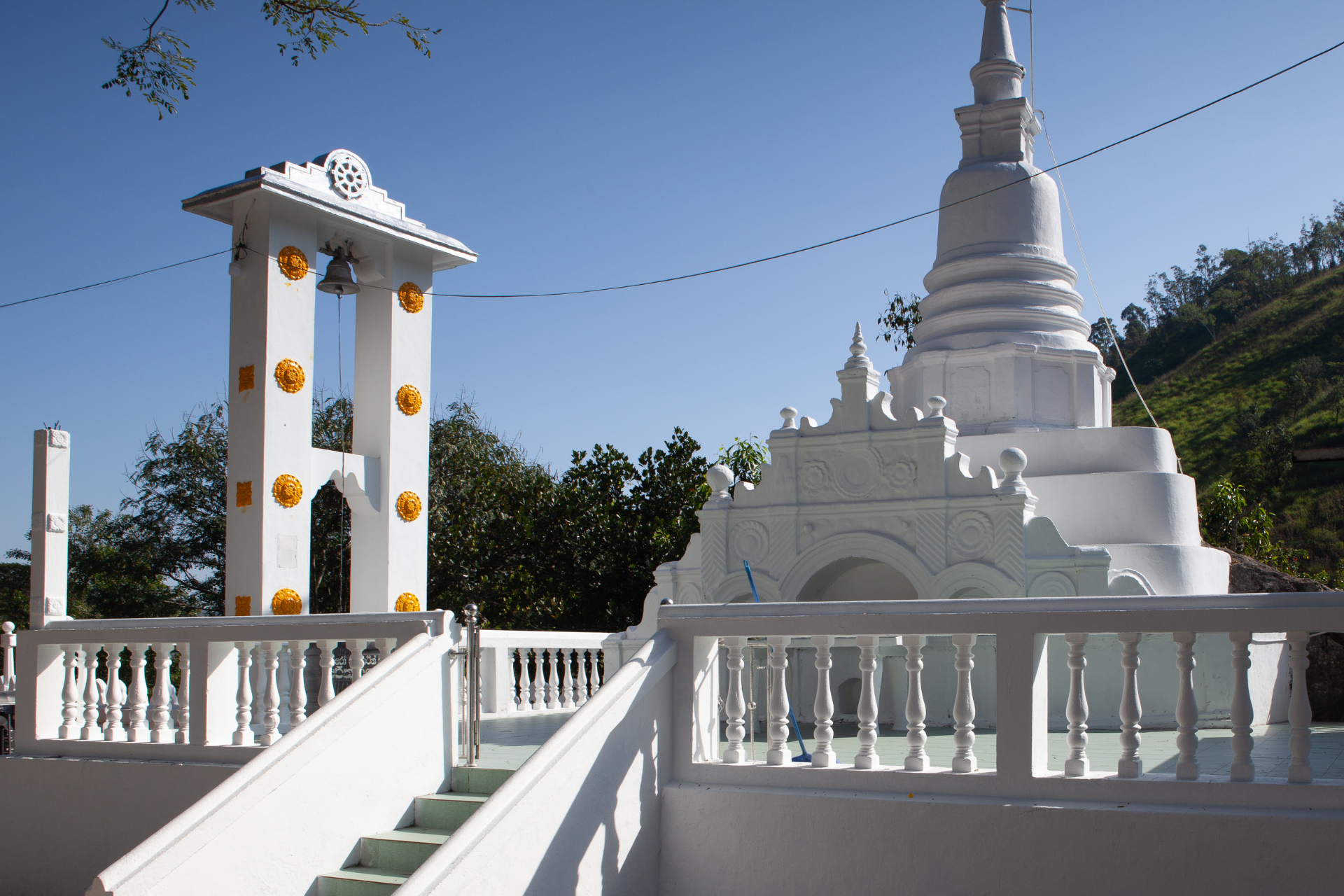
Dhowa Rock Temple
Sri Lanka is home to a rich history and culture, and the Dhowa Rock Temple is an excellent destination for those interested in learning more about it. Located in the hill country of the Uva Province, the temple is known for its rock paintings and sculptures and is believed to date back over 2000 years. This guide will give you all the information you need to plan your visit and make the most of your time there.
About the Dhowa Rock Temple
The Dhowa Rock Temple, also known as Dowa Rajamaha Viharaya, was built by King Walagamba in the first century BC during his exile from Anuradhapura following an Indian invasion. The temple was initially known as Kumbaltissa Ariyagala Vehara. It was named after the chief priest who provided refuge to the king. The temple complex is known for its rock paintings and sculptures and is considered one of the few rock temple complexes in the hill country.
History and Significance
The Dhowa Rock Temple holds an important place in Sri Lankan history and Buddhist culture. The temple was built during a time of political turmoil and served as a haven for the exiled King Walagamba. The king eventually regained power and went on to construct many other temples and monuments, but the Dhowa Rock Temple remained close to his heart.
The temple has continued to be a vital place of worship for Buddhists, and it also played a critical role in preserving ancient Sri Lankan art and architecture. The temple is also significant for its unique blend of artistic styles from different eras. The rock paintings and sculptures in the temple show the influence of different artistic styles from various periods, such as Anuradhapura, Polonnaruwa, and Kandyan, demonstrating the richness of Sri Lankan art throughout the ages.
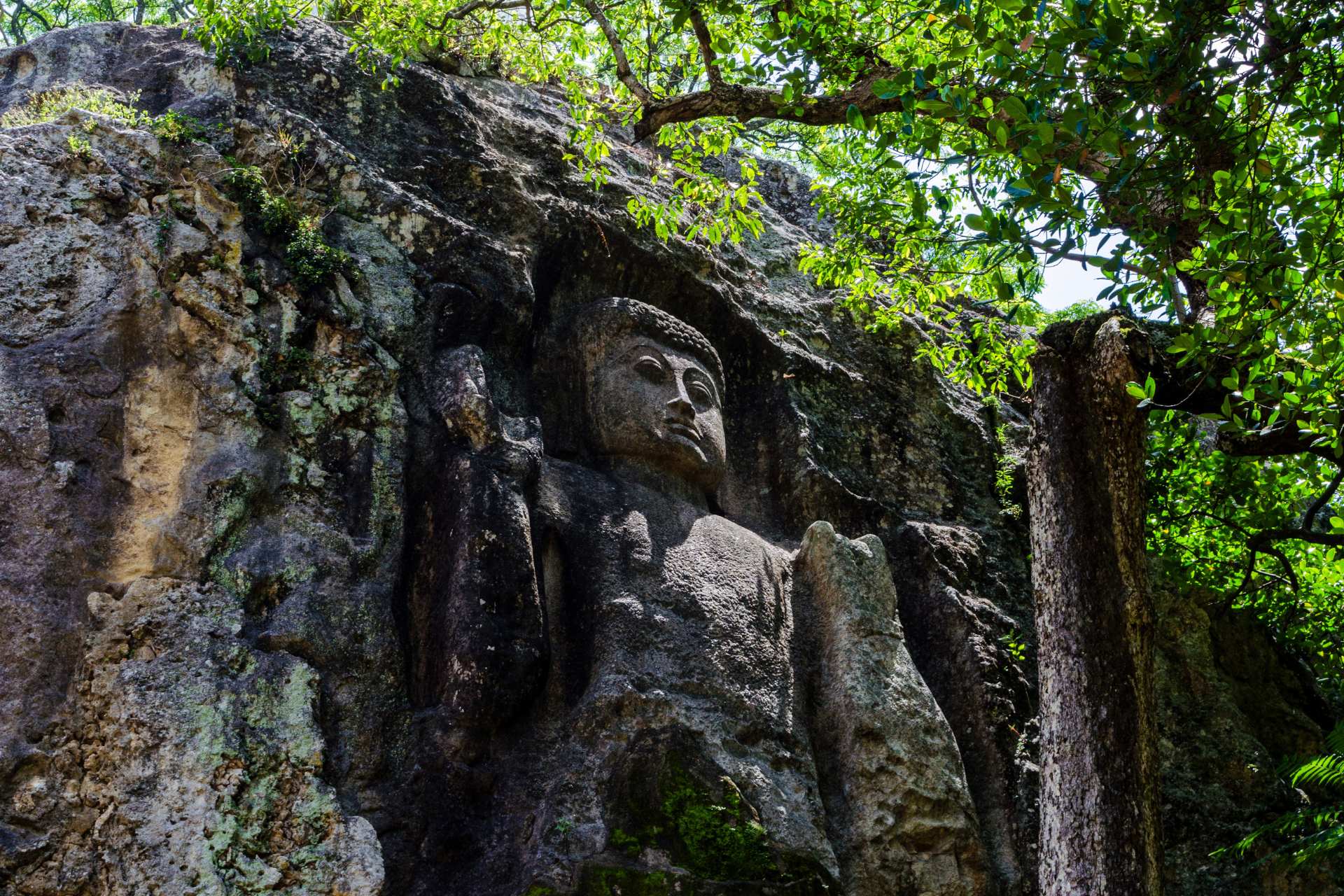
What to expect at the Dhowa Rock Temple
The Dhowa Rock Temple is an excellent destination for those interested in Buddhism, art, and architecture. When visiting the Dhowa Rock Temple, visitors will be greeted by a beautiful ornate gateway. The temple is home to several rock paintings and sculptures, some of which are said to be done by King Walagamba himself, who had a great passion for art. Inside the temple, the cave walls are covered with colorful "Jathaka" stories, traditional folk tales depicting the Buddha's past lives. The cave roof is covered with paintings of lotuses and other flowers, heavily influenced by the Kandyan style.
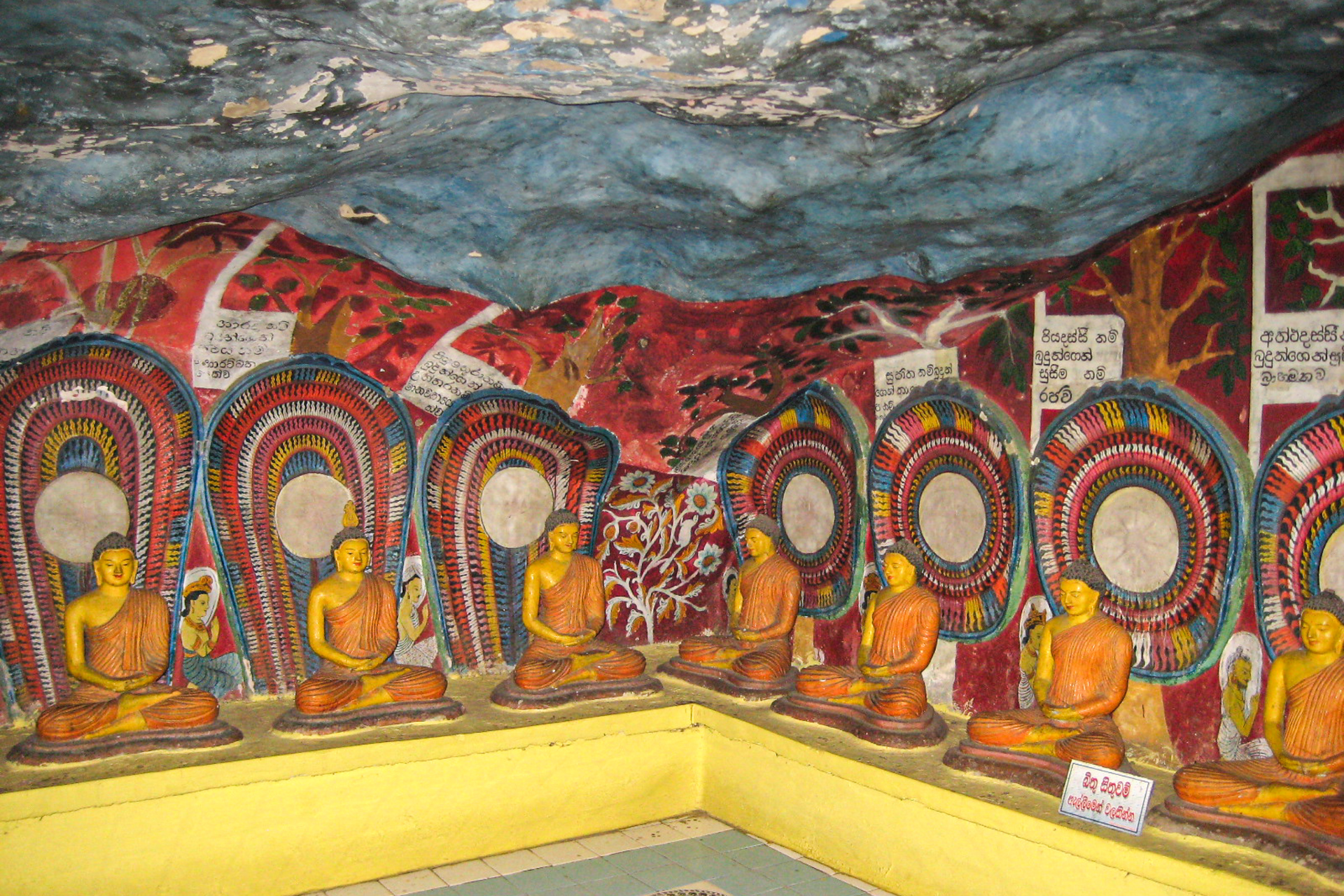
The crown jewel of the temple is the iconic 38-foot-tall Buddha sculpture on the rock, an excellent example of the Mahayana style of Buddhist craftsmanship. The temple also features the "Gal Vihara Geya," an image house within a 12-foot cave that once contained numerous artifacts. The temple has a natural pond and a Bo Tree in front of the Image House, which is considered sacred in Buddhism. The tranquil atmosphere of the temple, and the magnificent views of Sri Lanka's hill country, create a truly amazing experience for visitors.
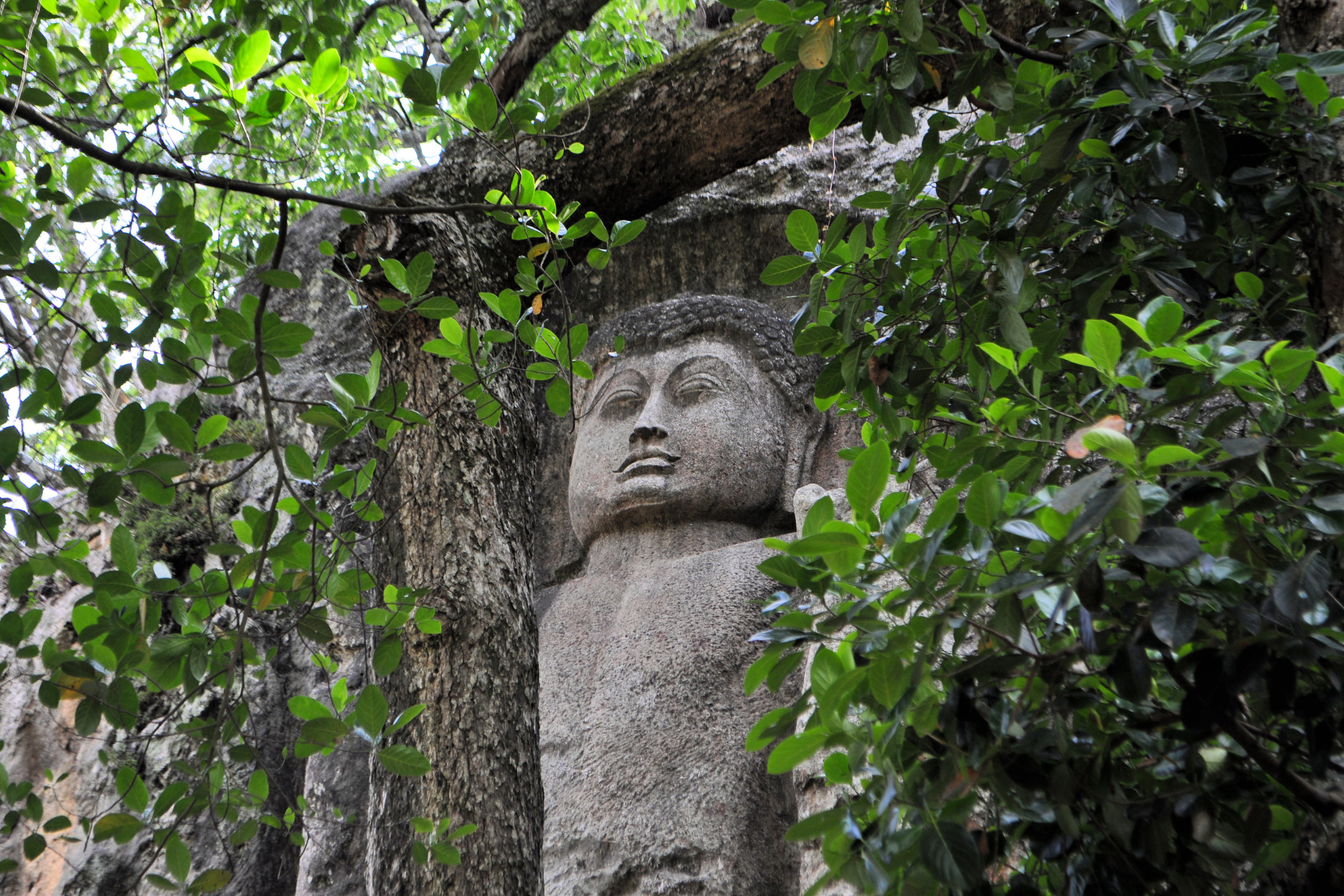
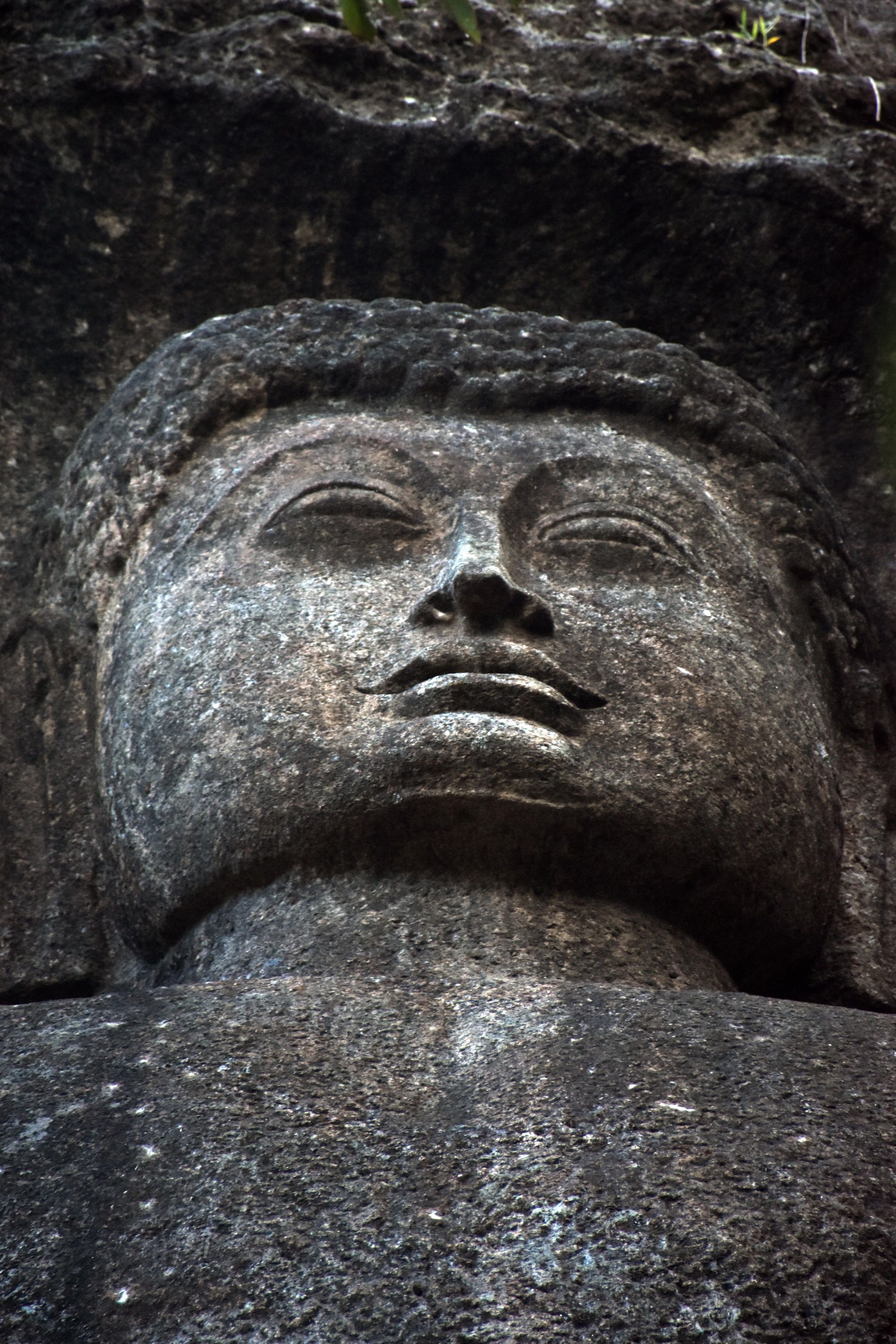
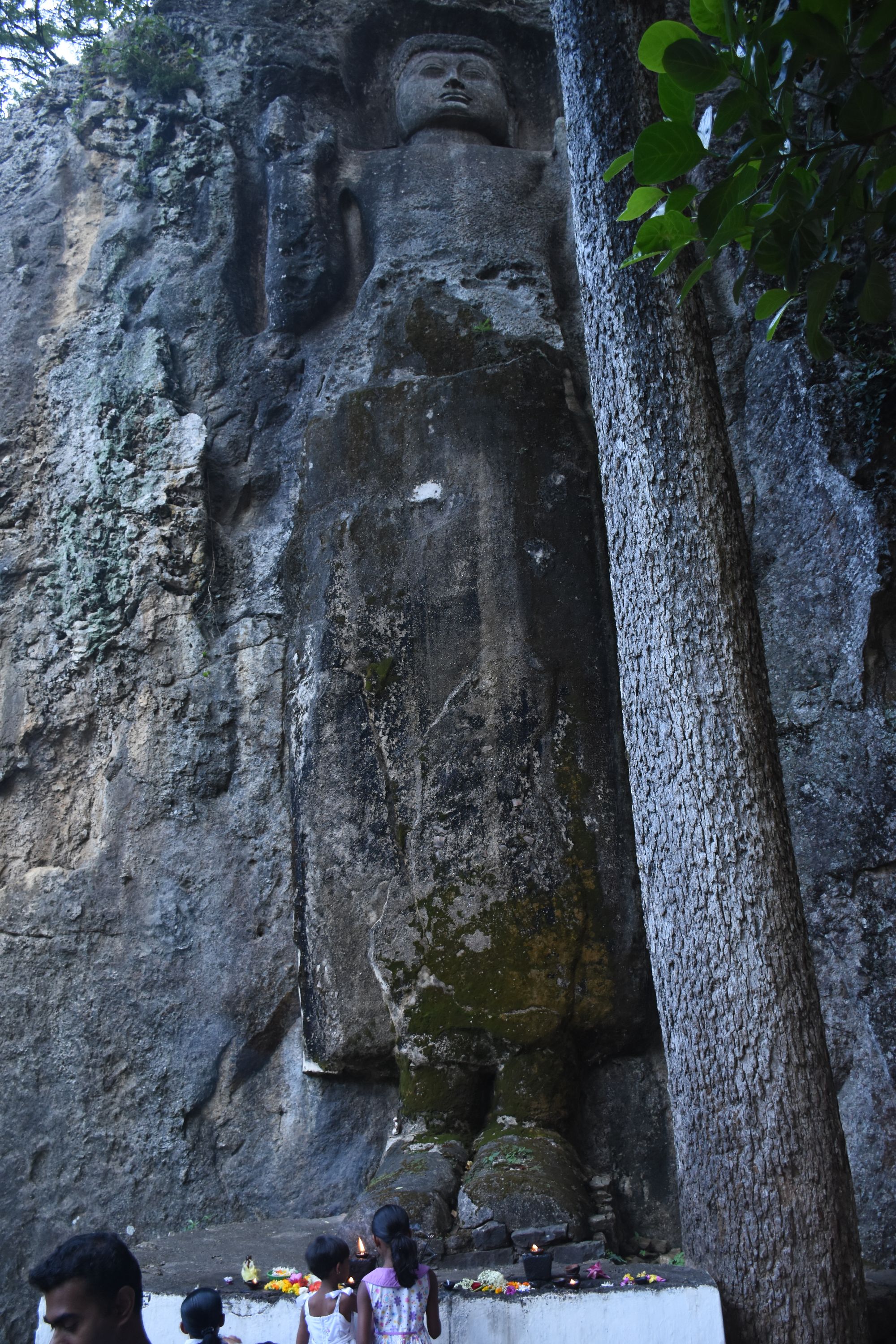
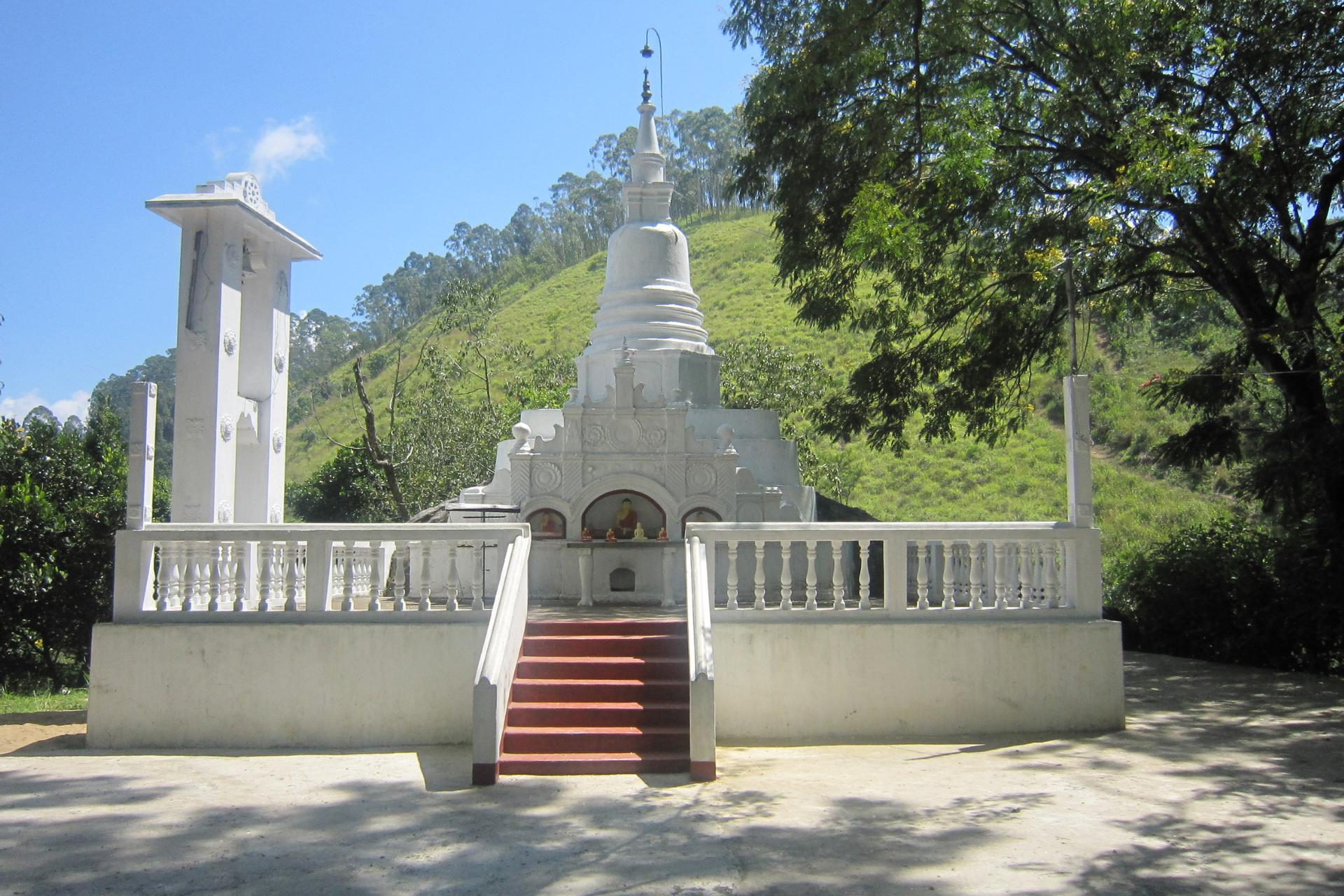
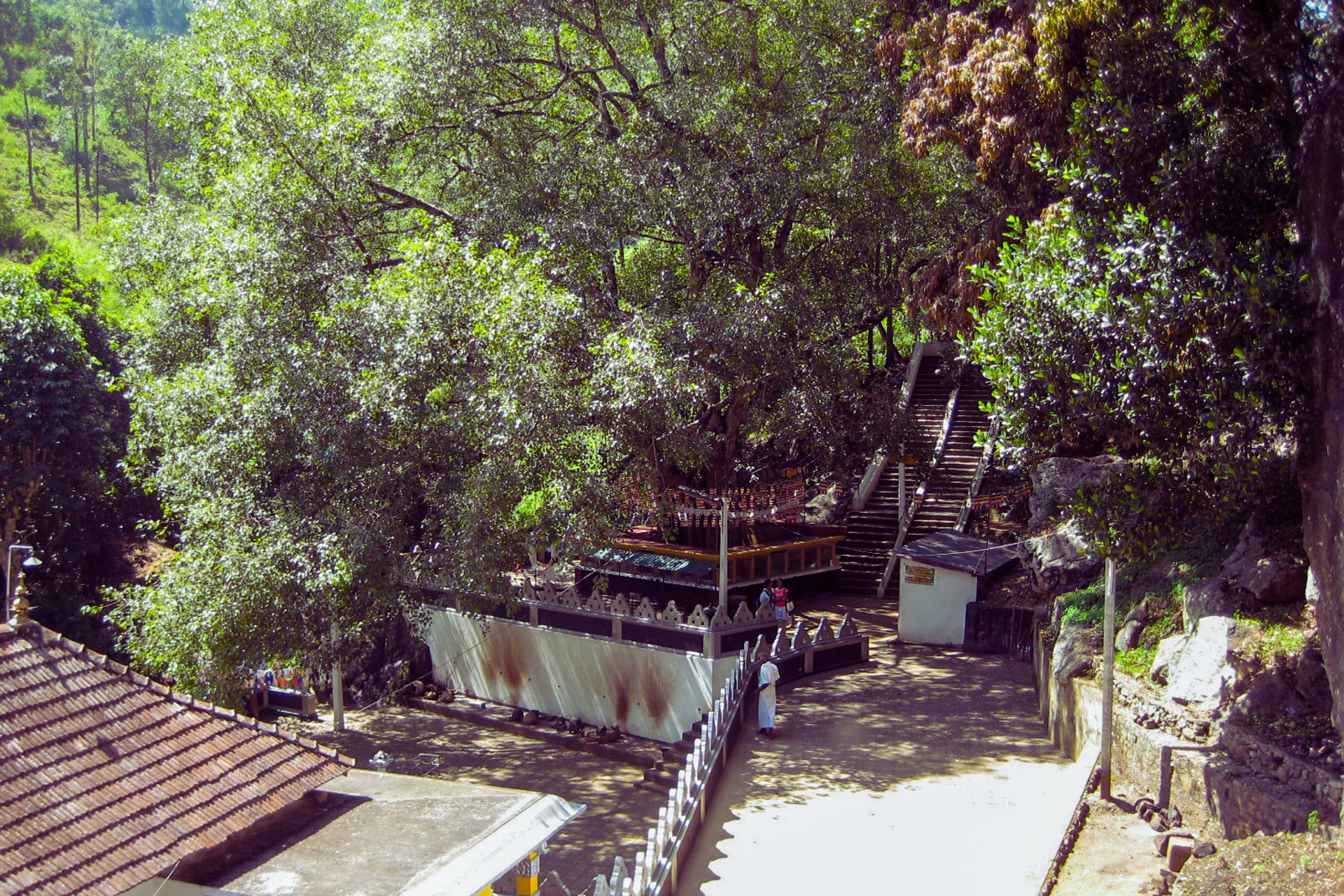
Best Times to Visit the Temple
The Dhowa Rock Temple is open daily, and visitors can plan their visit at their convenience. However, it is recommended to visit in the morning as it will be less crowded and the lighting is better for taking pictures. The best months to visit the area are from January to April, when the weather is cooler and drier, providing a more comfortable environment for exploring the temple and surrounding attractions.
How to Get There
The Dhowa Rock Temple is located in Ella in the Uva province and can be easily accessed through the Bandarawela-Ella road. You can take a bus or tuk-tuk to get there. Alternatively, you can rent a car or hire a taxi for a more convenient and comfortable trip. If you're traveling from Colombo, you can take the scenic train journey to Ella, which is known for its breathtaking views of the hill country and tea plantations. From Ella, the temple is just a short tuk-tuk or bus ride away.
Entry Fees and Dress Code
There are no entry fees to visit the Dhowa Rock Temple, but donations are appreciated to support the temple's maintenance and preservation. As with all religious sites in Sri Lanka, visitors are expected to dress appropriately and respectfully. Covering your shoulders and knees and removing your footwear and hats before entering the temple is essential.
Guided Tours
To gain a deeper understanding of the temple's history, art, and significance, consider hiring a local guide who can provide you with insightful information during your visit. Many guides can be found near the entrance to the temple, and their fees are generally quite reasonable. A guided tour will enrich your experience and help you appreciate the temple's beauty and cultural importance.
Nearby Attractions
While visiting the Dhowa Rock Temple, be sure to explore other nearby attractions, such as the charming town of Ella, to make the most of your trip to the beautiful hill country of Sri Lanka. Some popular destinations include:
- Ella Rock: One of Sri Lanka's most famous hiking destinations, offering stunning views of the surrounding landscape.
- Little Adam's Peak: Another beautiful mountain with scenic views of the hill country that is a less challenging hike than Ella rock.
- Kithal Ella: A captivating waterfall that's a bit off the beaten path but worth the visit for its serene environment and scenic beauty.
- Nine Arch Bridge: A famous colonial-era railway bridge with gorgeous views and one of the island's most Instagrammed spots.
- Ella Spice Garden: A spice garden offering guided tours and cooking classes for those interested in learning about Sri Lankan cuisine.
Find out more about the best things to do in Ella.
Dhowa Rock Temple is an excellent destination for those interested in Sri Lanka's rich history, culture, and natural beauty. This ancient temple offers visitors a unique glimpse into the country's past and the opportunity to appreciate the magnificent art and architecture that has been preserved for over two millennia. With the serene atmosphere and the breathtaking hill country views, a visit to the Dhowa Rock Temple is sure to be a memorable and enriching experience.
